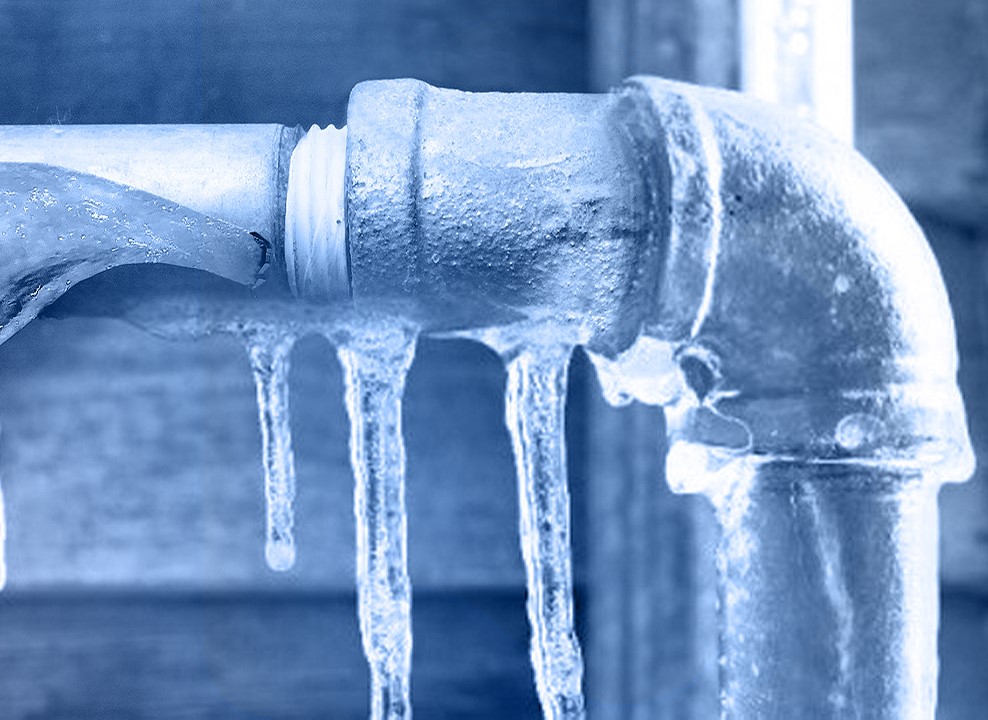Guidance for Preventing Frozen Plumbing in Winter: Expert Insights
Guidance for Preventing Frozen Plumbing in Winter: Expert Insights
Blog Article
How do you actually feel on the subject of Winter Plumbing Precautions: Preventing Frozen Pipes?

Cold weather can wreak havoc on your plumbing, specifically by freezing pipelines. Below's exactly how to avoid it from happening and what to do if it does.
Introduction
As temperatures drop, the threat of icy pipes rises, possibly resulting in costly fixings and water damages. Recognizing exactly how to prevent icy pipes is critical for house owners in cold environments.
Understanding Icy Pipes
What creates pipes to freeze?
Pipelines ice up when subjected to temperature levels below 32 ° F (0 ° C) for expanded periods. As water inside the pipes ices up, it expands, taxing the pipeline wall surfaces and potentially triggering them to break.
Risks and problems
Icy pipelines can result in water system disturbances, home damages, and pricey repair services. Ruptured pipelines can flooding homes and cause comprehensive structural damage.
Signs of Frozen Pipes
Determining icy pipes early can prevent them from rupturing.
Exactly how to determine frozen pipes
Search for decreased water flow from faucets, uncommon smells or noises from pipes, and visible frost on revealed pipelines.
Avoidance Tips
Shielding prone pipes
Wrap pipelines in insulation sleeves or utilize warm tape to protect them from freezing temperatures. Concentrate on pipes in unheated or exterior locations of the home.
Heating techniques
Maintain interior spaces adequately warmed, particularly locations with pipes. Open closet doors to enable cozy air to distribute around pipelines under sinks.
Securing Outdoor Pipes
Yard hose pipes and exterior faucets
Separate and drain pipes yard hose pipes prior to winter. Set up frost-proof faucets or cover outdoor taps with shielded caps.
What to Do If Your Pipes Freeze
Immediate actions to take
If you believe frozen pipelines, maintain faucets available to soothe stress as the ice melts. Utilize a hairdryer or towels taken in warm water to thaw pipelines gradually.
Long-Term Solutions
Architectural modifications
Take into consideration rerouting pipelines far from outside walls or unheated locations. Include extra insulation to attics, basements, and crawl spaces.
Upgrading insulation
Invest in top quality insulation for pipelines, attic rooms, and wall surfaces. Correct insulation aids preserve constant temperatures and decreases the threat of frozen pipes.
Verdict
Stopping frozen pipelines calls for positive measures and fast feedbacks. By understanding the reasons, indications, and safety nets, homeowners can secure their plumbing throughout cold weather.
5 Ways to Prevent Frozen Pipes
Drain Outdoor Faucets and Disconnect Hoses
First, close the shut-off valve that controls the flow of water in the pipe to your outdoor faucet. Then, head outside to disconnect and drain your hose and open the outdoor faucet to allow the water to completely drain out of the line. Turn off the faucet when done. Finally, head back to the shut-off valve and drain the remaining water inside the pipe into a bucket or container. Additionally, if you have a home irrigation system, you should consider hiring an expert to clear the system of water each year.
Insulate Pipes
One of the best and most cost-effective methods for preventing frozen water pipes is to wrap your pipes with insulation. This is especially important for areas in your home that aren’t exposed to heat, such as an attic. We suggest using foam sleeves, which can typically be found at your local hardware store.
Keep Heat Running at 65
Your pipes are located inside your walls, and the temperature there is much colder than the rest of the house. To prevent your pipes from freezing, The Insurance Information Institute suggests that you keep your home heated to at least 65 degrees, even when traveling. You may want to invest in smart devices that can keep an eye on the temperature in your home while you’re away.
Leave Water Dripping
Moving water — even a small trickle — can prevent ice from forming inside your pipes. When freezing temps are imminent, start a drip of water from all faucets that serve exposed pipes. Leaving a few faucets running will also help relieve pressure inside the pipes and help prevent a rupture if the water inside freezes.
Open Cupboard Doors
Warm your kitchen and bathroom pipes by opening cupboards and vanities. You should also leave your interior doors ajar to help warm air circulate evenly throughout your home.

I was introduced to that article about How To Avoid Freezing Pipes through someone on a different domain. Do you know about somebody else who is looking into the subject? Please feel free to share it. We cherish reading our article about Winter Plumbing Precautions: Preventing Frozen Pipes.
Click Here Report this page